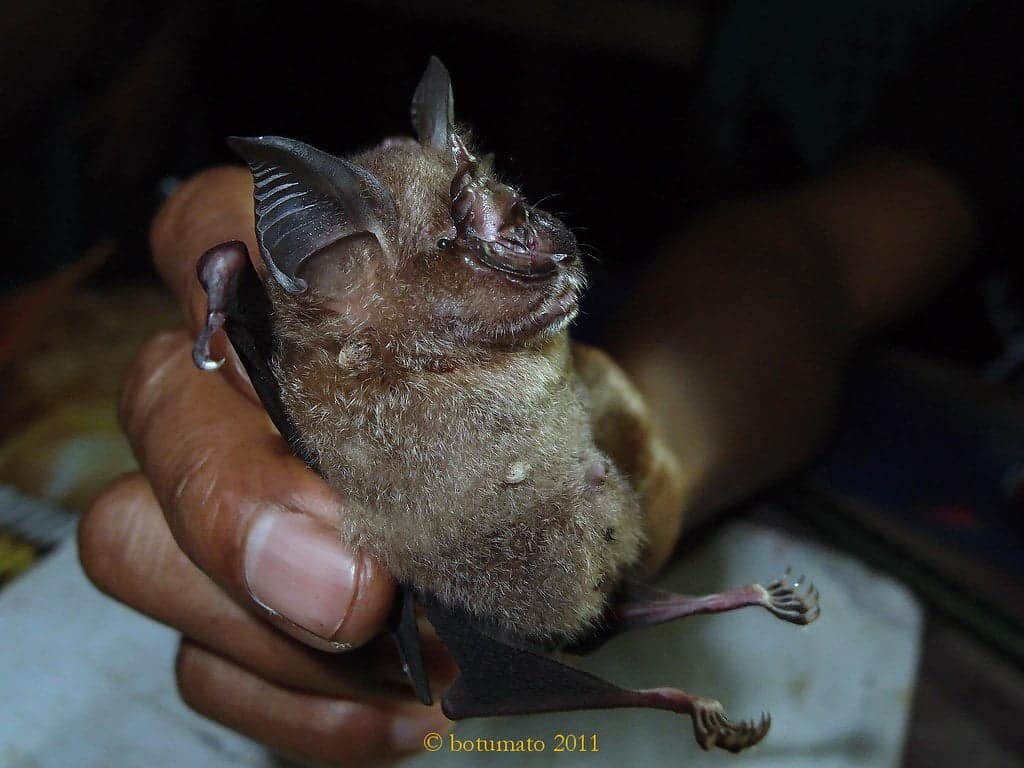A big boost to the search for drugs and vaccines can come from the answer to a few simple questions about the origins of the coronavirus that still remain at stake. In which animal species did the Coronavirus first appear? COVID-19? A bat, a pangolin or another wild species? Where does it come from? From a cave (or forest) in China's Hubei province or elsewhere?
In December 2019, 27 of the first 41 people admitted to hospital (66%) passed through a market located in the heart of Wuhan city, Hubei province. But, according to one study conducted at Wuhan hospital and published in the Lancet the first human case identified did not attend this market.
An estimate of molecular dating based on SARS-CoV-2 genomic sequences its origin dates back to November. And that raises questions about the origins of the coronavirus, particularly the link between this COVID-19 epidemic and wildlife.
Genomic data
Il SARS-CoV-2 genome is was “quickly” sequenced by Chinese researchers. Genomic analysis comparatives showed that SARS-CoV-2 belongs to the group of betacoronavirus and that is very close to SARS-CoV, responsible for an acute pneumonia epidemic that appeared in November 2002 in China's Guangdong province and then spread to 29 countries in 2003. SARS recorded 8.098 cases, including 774 deaths. It is known that such bats Rhinolophus were the reservoir of this virus and that a small carnivore, the palm civet (larval paguma), he might have done from intermediate host between bats and early human cases.
Since then, many betacoronavirus have been discovered, mainly in bats, but also in humans. For example, RaTG13, isolated from a bat of the species rhinolophus affinis collected in the Chinese province of Yunan, was recently described as very similar to SARS-CoV-2, with 96% identical genome sequences .
These results indicate that bats, and in particular species of the genus Rhinolophus, are the reservoir of the SARS-CoV and SARS-CoV-2 viruses.

But how is a tank defined? A reservoir is one or more animal species that are little or not at all susceptible to the virus, but host it. The absence of symptoms of the disease is explained by the effectiveness of the immune system of these animals, which allows them to fight viral proliferation.
Recombination mechanism
The February 7 2020 at science later learned that a virus even closer to SARS-CoV-2 had been discovered in the Pangolin. With 99% of the genomic agreement, the pangolin was thought to be a more likely reservoir than bats.
All resolved on the origins of the coronavirus, then? Not yet.
Next, one most recent study and still under consideration shows that the coronavirus genome isolated from the Malayan pangolin (manis javanica) is less similar to SARS-Cov-2, with only 90% of the genomic agreement. This would indicate that the virus isolated in the pangolin is not responsible for the COVID-19 epidemic that is currently raging.
Protein S
However, the coronavirus isolated from the pangolin is 99% similar in 74 amino acids involved in the binding domain of the angiotensin II receptor, the one that allows the virus to enter human cells to infect them. In contrast, the RaTG13 virus isolated from bat rhinolophus affinis is highly divergent in this specific part (only 77% similarity). In practice, the coronavirus isolated from the pangolin is able to enter human cells, while the one isolated from the bat rhinolophus affinis it is not.
Furthermore, these genomic comparisons suggest that the SARS-Cov-2 virus is the result of a recombination between two different viruses, one close to RaTG13 and the other closer to the pangolin virus. In other words, it would be a chimera between two pre-existing viruses.
This recombination mechanism was already been described in coronaviruses, in particular to explain the origin of SARS-CoV. It is important to know that recombination results in a new virus potentially capable of infecting a new host species.
For recombination to occur, the two diverging viruses must have infected the same organism at the same time.
Two questions now remain unanswered: in which organism did this recombination occur? (a bat, a pangolin or another species?) And above all, under what conditions did this recombination take place?


